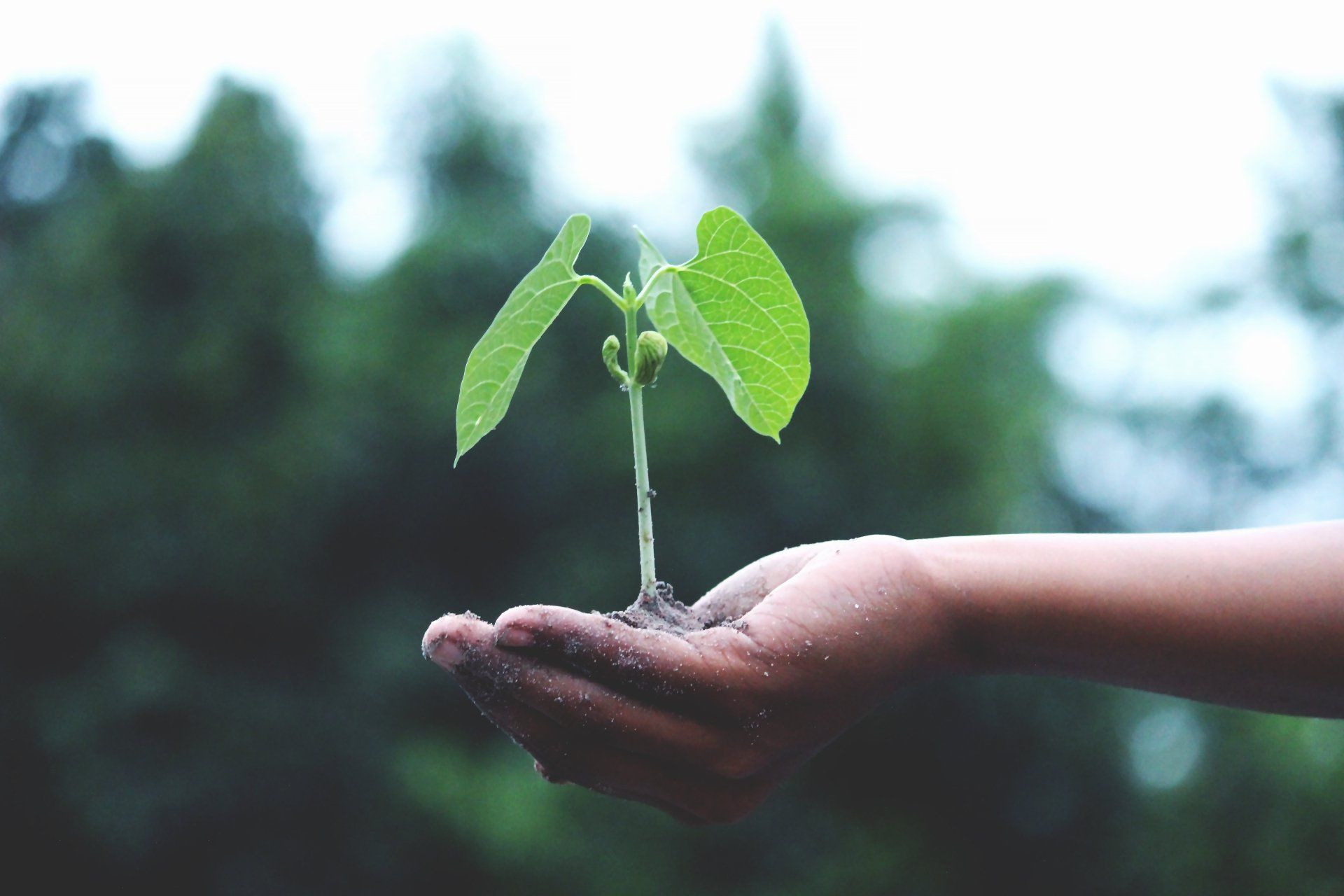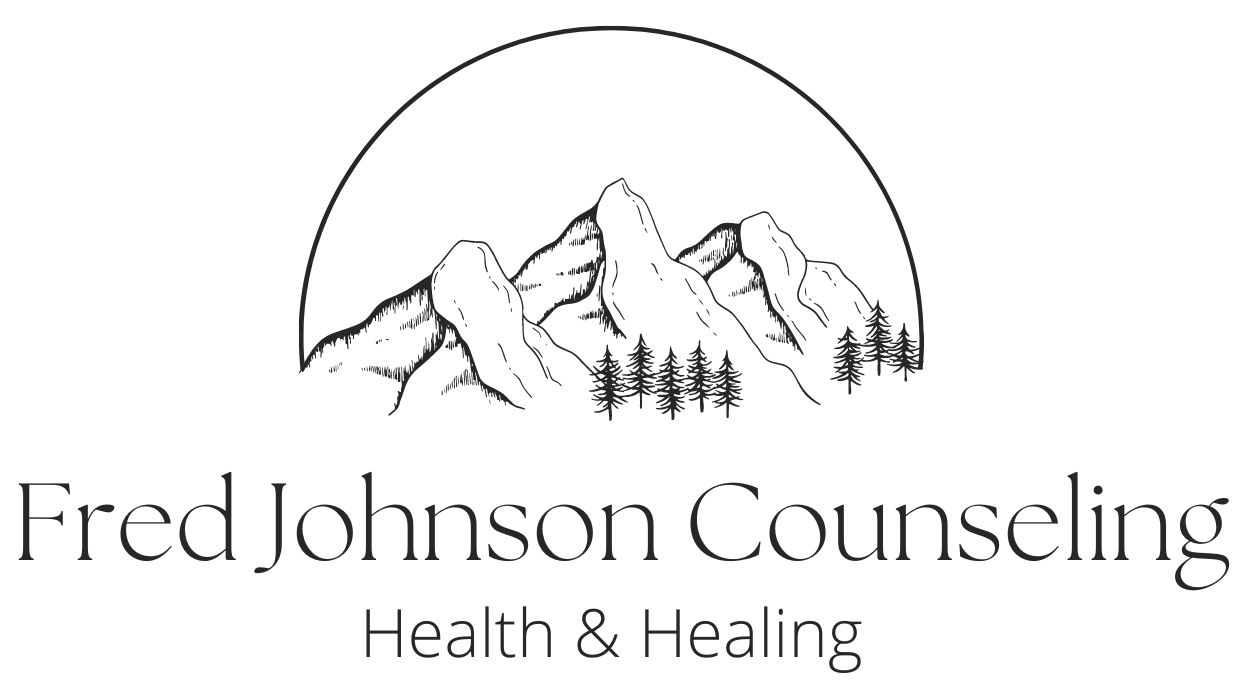Have you ever found yourself wanting to start a new healthy habit, but unsure of how to start? Read on for some basic tools to get started!
Beginning new things can often be daunting. But leaving behind old ways of living and replacing them with new health-conscious ways, can be downright overwhelming and discouraging! Don’t believe me? Try celebrating nearly any of our national holidays, your birthday, or a friend’s recent promotion, without consuming highly processed sugars or carbonated beverages. You’ll find that for many parts of our daily life, healthy choices have been routinely swept away.
The challenge then becomes for each of us, to routinely reintroduce healthy habits. Below are 3 ideas on introducing change.
- Simplify – Beginning a lifestyle change towards health doesn’t need to be complicated. I often remind my kids, ‘Little habits build big changes.’ The reason I encourage them in this is, I’ve found it to be true! Trying to change everything about your daily routine, all at once, usually leads to a crash.
Here’s what I recommend for initial change:
a. Identify 1 or 2 daily behaviors you’d like to improve.
(Ex. Drink daily recommended amount of water).
b. Write them down clearly and specifically.
(Ex. Calculate: You weight x .5 = Oz per day)
c. Plan your day, week, and events to include this change.
(Ex. Use a refillable water bottle that requires a set number of refills to hit that goals that you carry everywhere)
2. Schedule – One of the more challenging obstacles to change is simply integrating the new into your daily life! One thing that can help with this is to simply get a calendar going and plan our a week or month at a time. There are many ways to do this, but my favorite is to schedule it into my personal phone or exercise app so that reminders are automatically sent to me daily.
My wife prefers to have a monthly calendar running for the whole family and it works really well for our kids to keep track of upcoming events too. When it comes to creating change, “it’s about what works, not what is perfect.”
3. Support – Perhaps the most overlooked resource of creating healthy change in our lives is: other’s support. I believe this resource is invaluable and perhaps one of the best things we can do for our own sense of worth. When we ask another to challenge us, encourage us, and include us, we inherently assign value to both them and you. It takes a healthy relationship with self to ask another for support. So, while it might be hard to begin, I highly encourage asking a friend to support your change effort! =
Remember, with all intentional changes we make, it is about the long-term benefit rather than the short-term feelings. Include in your planning, a period (maybe 45 days minimum) of uncertainty and internal resistance. You might very well not like change. Your body may resist it. Your mood may be altered. You may wish you had not started doing this new healthy habit. These are all normal and a part of change. James Clear says in Atomic Habits, "In the early and middle stages of any quest, there’s often a valley of disappointment." Be prepared and know there is another side of the valley where you’ll thank yourself for investing in your own health.




